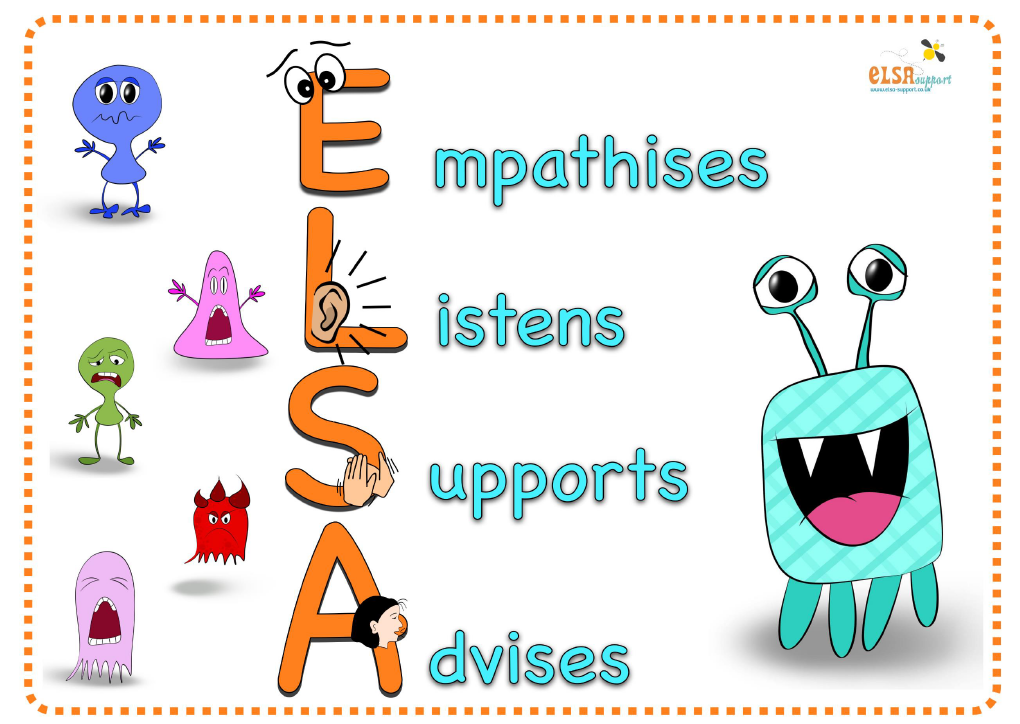Horwitz & Schield (1999) says that mental illness is a
problem in cognitive and personal factors.
However, it can also be described as
a person’s overall emotional, psychological and social well-being which can
affect the way in which we think, act and feel (Mental Health.gov, 2017).
Mental health problems can occur due to lots of different reasons such as;
childhood trauma, domestic violence, bereavement, drug and alcohol misuse,
long- term stress and bullying (Mind, 2018).
The media has a very large impact on young people’s mental
health these days as Governments and media such as television, social media and
magazines promote visions and forms of physical perfection which children and
young people want to follow (Evans et al, 2008).
CAMHS (Child and Adolescent Mental Health Services) is one
of the services available that help children and young people with mental
health issues. CAMHS is an NHS service that helps young people to deal with
emotional, behavioural and mental health issues. This service helps to support
children and young people who suffer from depression, eating disorders,
self-harm, abuse an so much more (Young Minds).
In the Donaldson curriculum, the Areas of Learning and
Experience teaches pupils subjects and themes such as sex and relationships,
physical education and healthy eating and cooking in order to support children
and young people’s social, emotional, spiritual and physical health and
well-being (Donaldson, 2015, p.45).
Donaldson says young people should be healthy, confident
individuals who:
- Have knowledge about the impact of diet and exercise on physical and mental health
- Have knowledge and support on how to stay safe
- Take part in physical activity
- Make rational decisions about their lifestyle and how to manage risk
- Have confidence to participate in performance
- Form positive relationships
(Donaldson, 2015, p.30)
In order to help children with Mental Health issues, schools
can pay for programmes such as Jigsaw, Roots of empathy and PATHS which work
with children in primary schools, each programme focuses on different age
ranges but all of them work within the primary school age (Mentally Healthy
Schools, 2018). Programmes like these provide well-structured progressive
lesson plans and teaching resources to help children along their educational
and well- being journey and promote positive mental health and well-being of
children in primary schools, children learn coping skills and
more knowledge about metal well – being by raising social and emotional
competence with children (Mentally Healthy Schools, 2018).
A week plan to promote positive mental health and well-being: (Mental
Health Foundation)
References:
Bohling,
V (2006). The power of nature to help children heal. Exchange 17 (1), 49–52.
Brooks, F. et,
al. (2015) HBSC England National Report 2014. University of Hertfordshire;
Hatfield, UK.
Donaldson, G. (2015) Successful
Futures: Independent review of curriculum and assessment arrangements in Wales.
Elliott,
S (2008). The Outdoor Playspace Naturally for Children Birth to Five Years.
Castle Hill, NSW: Pademelon Press.
Evans S, Ferrando S, Findler M, Stowell C, Smart
C, Haglin D. Mindfulness-based cognitive therapy for generalized anxiety disorder. Journal of Anxiety Disorders. 2008;22:716–721.
Green, H.
et. al (2005) Mental health of children and young people in Great Britain,
2004. Basingstoke: Palgrave Macmillan.
Louv, R.
(2006) The Last Child in the Woods. Chapel Hill, NC: Algonquin Books.
Mental
Health.gov (2017) What is Mental Health? Available at: https://www.mentalhealth.gov/basics/what-is-mental-health
Mental Health
Foundation. 5 ways your school can promote mental health. Available at: https://www.mentalhealth.org.uk/sites/default/files/schools-wellbeing-week-pack.pdf
(Accessed 04 December 2018)
Mind (2018)
Understanding Mental Health. National Association for Mental Health. London.
ONS (2016)
Selected Children’s Well-being Measures by Country: 3 Centre Forum. Commission
on Child.
Young Minds
(2017) Mental Health Statistics. Available at: https://youngminds.org.uk/about-us/media-centre/mental-health-stats/
Young Minds.
Guide to CAMHS. Available at: https://youngminds.org.uk/find-help/your-guide-to-support/guide-to-camhs/
Mentally
Healthy Schools (2018) Whole- school programmes. Available at: https://www.mentallyhealthyschools.org.uk/teaching-resources/whole-school-programmes/ (Accessed 02 December 2018)





No comments:
Post a Comment